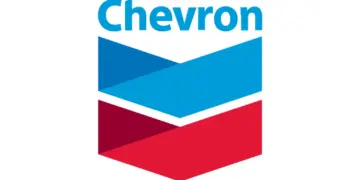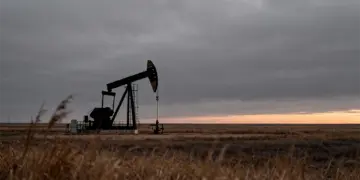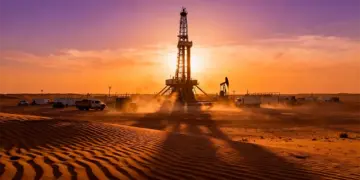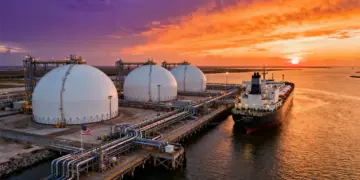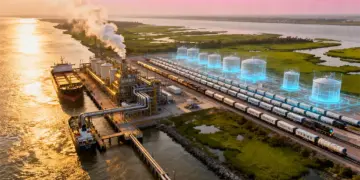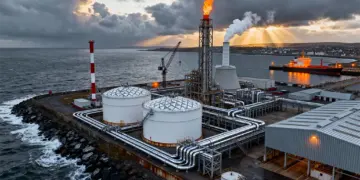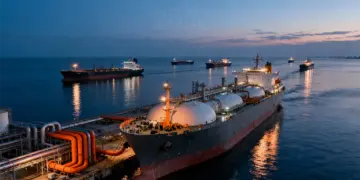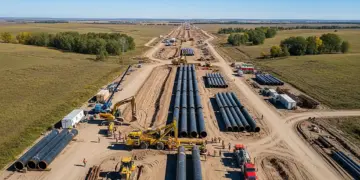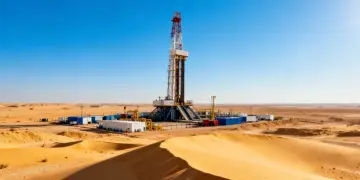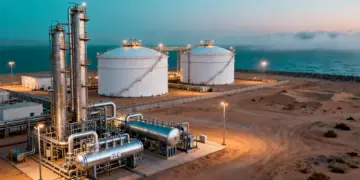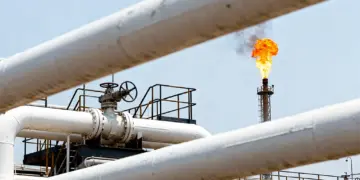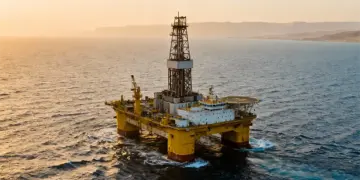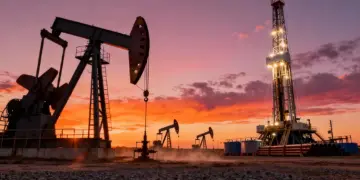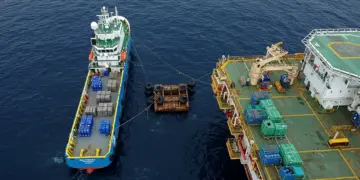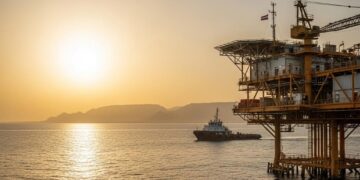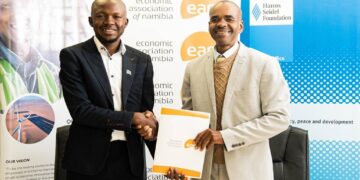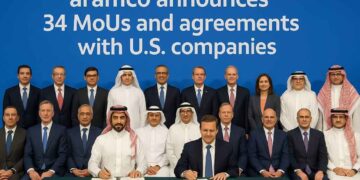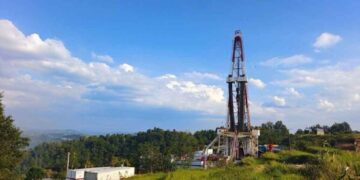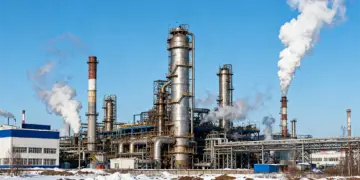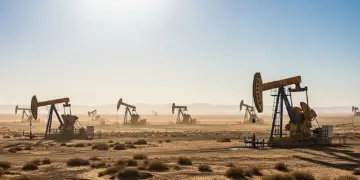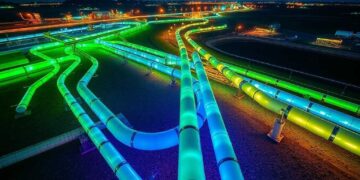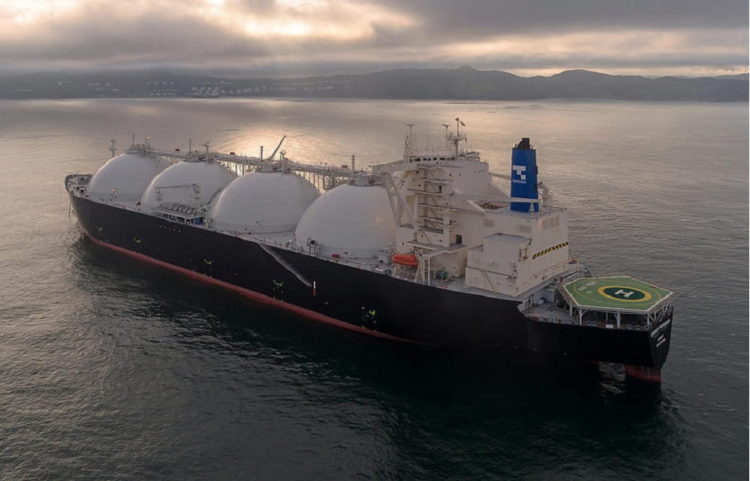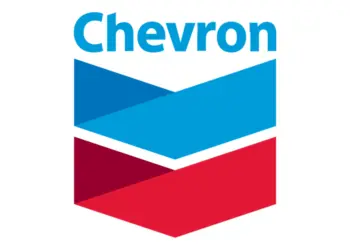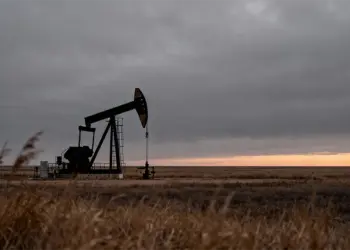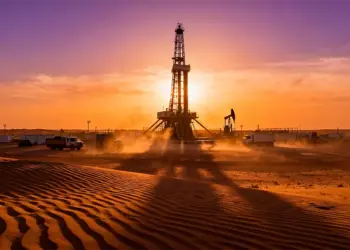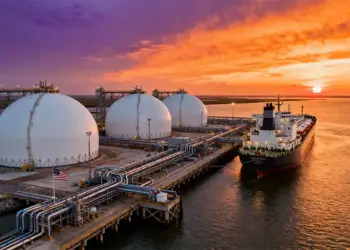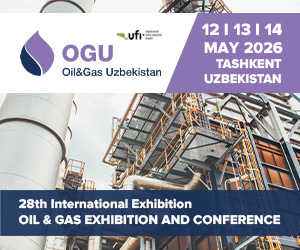The Sakhalin 2 development in Russia’s far east may need to restrict gas production, according to state-controlled gas giant Gazprom, in order to prolong the life of the project.
Sakhalin 2’s newly established operator, Sakhalinskaya Energiya, reported in its most recent issue of the corporate journal Vesti that discussions with delegates of Sakhalin 2’s majority stakeholder, Gazprom, had resulted in the decision to abandon the immediate focus on trying to maximise well flow velocity for the Lunskoye field, Sakhalin 2’s sole gas asset.
Instead, by releasing gas at a lower rate, the operator will implement a rational development plan designed to increase the asset’s operating lifetime.
The change was motivated by external negative factors for the project and internal necessity, according to Gazprom Technical Director Timur Gafarov, who was quoted by Vesti. The operator wants to ensure the stability of liquefied natural gas production and extend the duration of uninterrupted gas extraction.
Gazprom, a major producer of gas in Russia, has one share plus a stake in the project. The first LNG plant in Russia is Sakhalin 2, with gas coming from the offshore Lunskoye field via a special pipeline that crosses Sakhalin Island from north to south.
The facility’s two trains have a nameplate capacity of 9.6 million tonnes of LNG annually, although in recent years, it has been able to produce at a rate of 10% to 20% above that level.
Sakhalin Governor Valery Limarenko previously stated at an industrial gathering in Vladivostok that he anticipates Sakhalin 2 will sell 11.4 million tonnes of LNG to international markets this year as opposed to the 10.4 million tonnes it exported in 2021. A significant seismic campaign to investigate the gas prospects of deeper Daginsky layers at Lunskoye was planned for this year, according to Vesti, in December 2020. At the time, the field’s operator, Sakhalin Energy Investment, wanted to boost the field’s gas fields to help extend the project’s lifespan.
Lunskoye is thought to have recoverable stocks of roughly 260 billion cubic metres, which is enough to sustain output for 14 years at the production rate of 17.8 Bcm from the previous year, according to a report by Russia’s Natural Resources Ministry in 2020.
After Russian authorities forced Sakhalin Energy Investment, the previous operator, to be dissolved, Sakhalinskaya Energy assumed control of Sakhalin 2 in August. Following the decision of UK supermajor and project partner Shell to withdraw from the project in the aftermath of global sanctions placed on Russia following the Russian invasion of Ukraine in February, the decision to establish a new operator was made.
The government invited Shell and other foreign partners of Sakhalin Energy Investment to apply for holdings in Sakhalinskaya Energy equal to those they had in their prior operating businesses. The long-term deal for Shell to purchase 1 million tpa of LNG from the project has also been terminated. Shell has stated that it will not accept the 27.5% equity that has been provided.
Despite Japan’s participation in international sanctions on Russia and its companies, Mitsui and Mitsubishi of Japan have chosen to reclaim their 12.5% and 10% holdings in Sakhalin 2.
Yasutoshi Nishimura, the minister of Japan’s economy, trade, and industry, told reporters on November 4 in Tokyo that the government had appreciated the country’s Sakhalin Oil & Gas Development Company’s (Sodeco’s) decision to submit an application this week for a 30% stake in Sakhalin 1, another Sakhalin oil and gas project.
The choice was made at an extraordinary shareholder meeting held by Sodeco, according to Reuters.
Given that Sakhalin 1 remains a crucial project, they applauded such a move, Nishimura added. They will work closely with businesses in the private sector and use every effort to assure the security of the country’s energy supply. Similar to the Sakhalin 2 project, the Russian government mandated the transfer of Sakhalin 1’s assets and employees to a new, Russian-registered controller, denying the project’s operator and major shareholder ExxonMobil of the US the chance to quit the project amicably.


